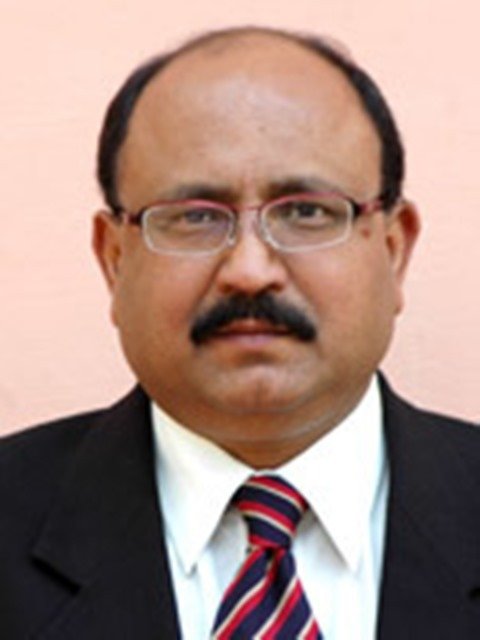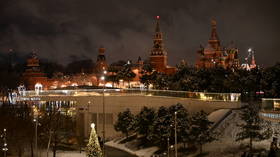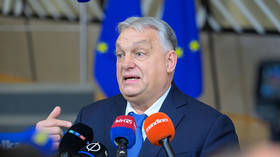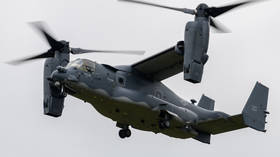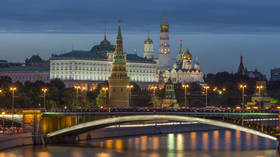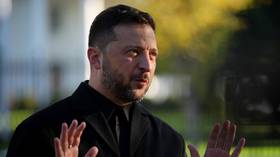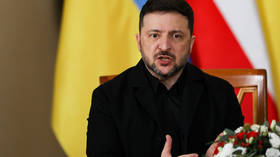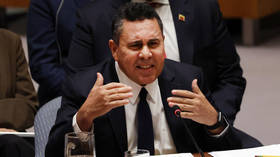Everything you wanted to know about Indian elections but were afraid to ask
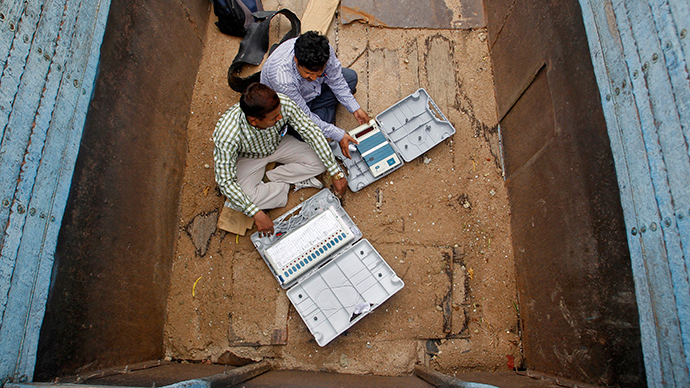
The story of colorful and chaotic elections in India, the world’s largest democracy, can offer many surprising vignettes.
Did you know that a record number of 1,033 candidates contested the Modaurichi assembly constituency in Tamil Nadu in 1996, and the ballot paper was in the form of a booklet?
Or that the lowest voter turnout in a polling station is just three, reported from Bomdila district in Arunachal Pradesh?
Or that in Gujarat's Gir Forest, officials set up a voting booth, manned by five people for just one voter, Mahant Bharatdas?
The ongoing general elections in India, set to become the biggest election in world history, are nothing short of a marvel too, not just in terms of sheer size and numbers but also when one considers weird facts and practices associated with the grandest spectacle on earth.
A whopping number of 814 million voters are eligible to vote in the nine-phase, five-week-long polling process (April 7 – May 12), 103 million more than the population of the whole of Europe.
There are over 100 million first-time voters eligible to vote in these elections, more than the size of populations of UK (63.7 million) and Canada (34.8 million) put together. Of these, 23 million first time voters are from Uttar Pradesh alone, just 3 million less than the population of the five Nordic countries (Denmark, Finland, Iceland, Norway and Sweden) put together.
To make this possible, the Election Commission of India has made arrangements for nearly a million polling stations, an increase of nearly 12 percent since last general elections in 2009. So many polling stations were necessary, considering the Election Commission’s decision that no one should have to travel more than two kilometers to reach a polling station, and that no polling station should have to manage more than 1,500 voters.
Ten million people will be directly involved in conducting the elections in 543 Lok Sabha constituencies. By the time the Indian general elections are over and the results announced on May 16, over 200,000 security personnel would have been deployed to ensure peaceful conduct of elections and more than 100 trains, thousands of buses and more than a dozen helicopters would have been used for ferrying the security personnel.
India’s elections will cost about $5 billion, 150 percent more than the last elections in 2009, according to New Delhi-based think tank the Centre for Media Studies. Of this amount, about $1.3 billion is expected to be spent by the state exchequer. The total costs may go up and may even rival the $7 billion spent by candidates and parties in the last presidential elections in the United States in 2012.

Strange but true
- A total of 3.26 million Electronic Voting Machines will have been used once the ninth and last polling phase is completed on May 12. Indigenous EVMs were first used in Kerala. The highest number of candidates that an electronic voting machine can support is 64. If there are more candidates, then a manual ballot is used.
- India’s first general election in 1952 was spread over two months. Different colored ballot boxes were used for each candidate, rather than voting on ballot paper!
- The highest voting percentage in any general elections has been 62.2 percent in 1957. The lowest was in 1967, when only 33 percent cast their vote. In the last general elections in 1999, 59.99 percent cast their votes.
- Of all the 28 Indian states and seven union territories, it is Lakshadweep, not Jammu and Kashmir, which has the largest presence of Muslims.
- The Bharatiya Janata Party (BJP) won Lok Sabha seats for the first time in the states of Tamil Nadu and West Bengal in 1998.
- Atal Bihari Vajpayee is the only parliamentarian to be elected from four different states – UP, Gujarat, MP and Delhi. Vajpayee is the only politician who has won from six different constituencies: Balrampur – 1957, 1967, Gwalior – 1971, New Delhi – 1977, 1980, Vidisha – 1991, Gandhinagar – 1996, Lucknow – 1991, 1996, 1998.
- Mayawati`s Bahujan Samaj Party (BSP) and the United States’ Republican Party both have the same electoral symbol – the elephant.
- Chhindwara in Madhya Pradesh is the only constituency in the Hindi belt which has always returned Congress during the general elections.
- Rajnandgaon in Madhya Pradesh has a unique feature – father, mother and son have represented this constituency at different times.
- The word candidate comes from the Latin “candidatus” meaning “one clad in white.” Incidentally, white is the most preferred color of Indian politicians, cutting across party lines.
- “Ballot” and “bullet” are both derived from words for “balls.” The Greeks dropped a white ball when they favored a candidate and a black when they were against.

Firsts in the 2014 Indian elections
- For the first time voters across the country would be able to exercise the “none of the above” option for candidates in the 2014 polls. India is the 12th country to implement NOTA.
- Over 28,000 transgender community members have registered in the electoral poll so far and will be eligible to vote in this election. Election Commission has introduced this category in 2012. India's transgender community is being recognized for the first time and can vote under “third sex” or “others,” a category that didn't exist in the previous elections.
- Around 12,000 non-resident Indians registered as voters will be able to exercise their voting rights for the very first time. Kerala has the highest number of NRI voters. A citizen-reporting tool called Election Watch Reporter, an Android-based application developed by the National Election Watch, is being deployed by the Election Commission in the polls to keep a check on malpractices such as bribing of voters in the form of liquor distribution, cash and also excessive spending by candidates. This tool will enable citizens to capture photographic evidence with an accurate GPS location and the time of any offense in and around elections and report it instantaneously to the nearest election commission observers.
- By the time voting is over, BJP will have targeted as many as 150 million voters via-e-mail and SMS, a record of sorts – indicating the rapidly changing face of campaigning in Indian elections.
The statements, views and opinions expressed in this column are solely those of the author and do not necessarily represent those of RT.
The statements, views and opinions expressed in this column are solely those of the author and do not necessarily represent those of RT.
